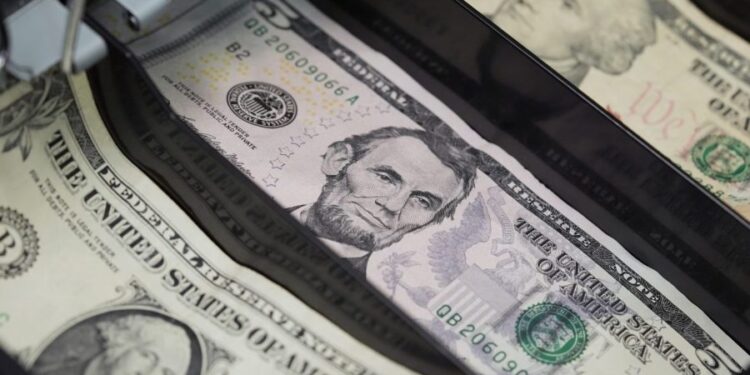
Savings accounts are a great place to stash cash for a rainy day but the benefits — and costs — vary from bank to bank.
In 2022, the typical American had $8,000 in cash across their bank accounts, according to data from the Federal Reserve. That’s up 30 percent from 2019.
Unlike checking accounts, which usually pay little or no interest, savings accounts can help your money grow by simply putting it away.
But to maximize your savings, you’ll need to choose the right account. Here are some things to consider before opening a savings account.
Understand the fees
Many savings accounts come with fees that vary from one bank to the next. These are a few common fees to look out for:
- Monthly maintenance fee: Some banks charge a monthly fee to keep the account open. Monthly fees vary but can range from $5 to $8 and are more common among banks with physical locations, according to Experian.
- Minimum balance fee: Banks want you to keep more money in your account, so they’ll often charge a fee if your balance dips below a certain threshold. Minimum balance requirements for traditional savings accounts can range from $300 to $500 if you want to avoid fees.
- Inactivity Fees: Many financial institutions charge fees if your account goes dormant, meaning you haven’t made any deposits, withdrawals or transfers over a certain period.
- Excess transaction fees: Savings accounts often have transaction limits that prevent you from dipping into your funds too frequently. If you exceed the withdrawal limit you could get hit with a fee.
Find the best interest rate
One of the main benefits of savings accounts is that they typically offer higher interest rates than checking accounts, allowing you to grow your money risk-free. However, rates vary widely.
- High-yield savings accounts (HYSA): These accounts pay a much higher interest rate than traditional savings accounts but come at no greater risk. One of the only downsides is that they’re mostly offered by online banks, which means if you prefer going to a brick-and-mortar location then your choices may be limited.
- Another note: Savings account interest rates are variable, not fixed, meaning your rate can fluctuate.
- Annual percentage yields (APYs) on top high-yield savings accounts are currently 4.5% and above, according to Bankrate.
- Some banks also offered tiered rate accounts, which offer higher rates for higher account balances.
- Across all savings accounts, the national average interest rate is 0.42 percent, according to the latest numbers from the Federal Deposit Insurance Corporation (FDIC).
Know the transfer limit
Many banks and credit unions limit the number of withdrawals you can make from a savings account.
- The Federal Reserve used to limit the number of savings account transfers to six per month but that cap was eliminated in 2020. Now, banks set their own rules, and many still limit transfers and withdrawals from savings accounts.
Other considerations
- Make sure your savings account is with an FDIC-insured bank, which protects your deposits up to $250,000.
- Think about accessibility and what you’ll be using the account for. If you need easy access to ATMs, then banks with physical locations could make more sense than an online-only bank.







